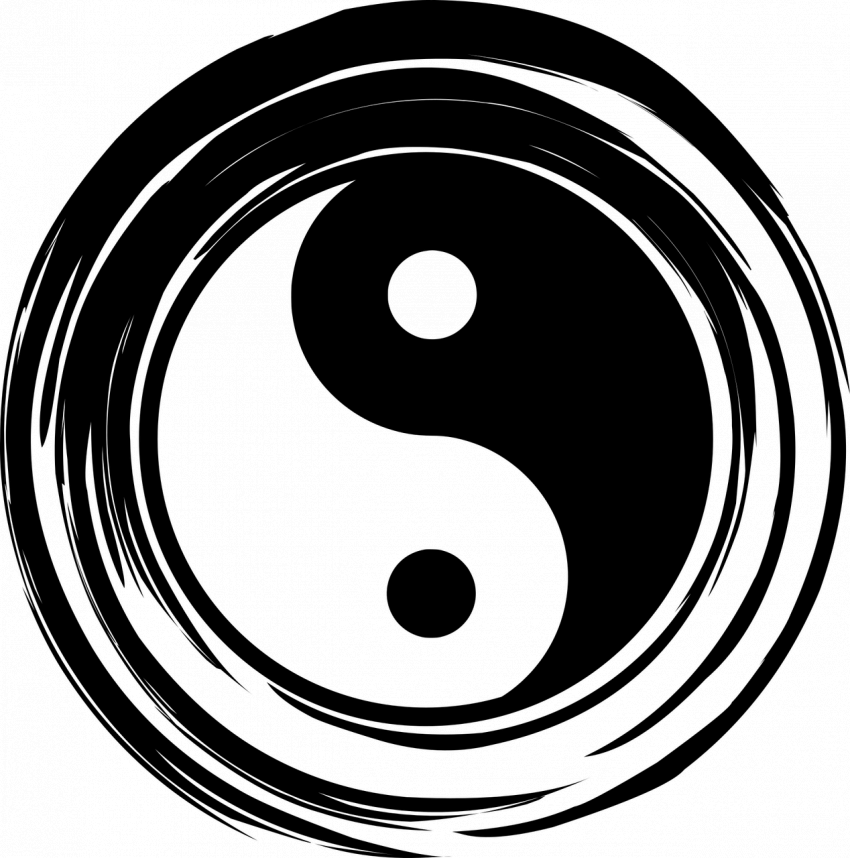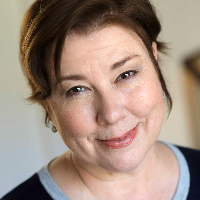Feng Shui For Beginners

Feng Shui (pronounced "fung shway") is an ancient Chinese practice that seeks to bring your work and home space into harmony by balancing the five elements of air, water, wood, fire and metal. Feng Shui literally translates as “the way of wind and water.” Sounds a bit out there, I know, but it’s having a resurgence due to the popularity of Marie Kondo and her love of decluttering.
I went through a major Feng Shui phase in the nineties and kind of puttered out when it didn’t bring instant gratification. Now I like the idea of gentle adjustments rather than the all-or-nothing exuberance of youth.
Feng Shui can be overwhelming when starting out, so let’s start with the easiest path to good hygge.
Decluttering is a great place to begin. When my living space is cluttered, I waste a lot of mental energy berating myself for my laziness which cascades into a deep dive of self-loathing. Instead of being at peace and surrounded by objects that bring me joy, I’m in a state of shaming and blaming. Feng Shui to the rescue!
Marie Kondo recommends asking yourself if an item “brings you joy” and if not- toss it! Can you imagine how free you will feel in an uncluttered and peaceful environment? That is primarily what Feng Shui is about for me, being in harmony with my surroundings.
Placement is half the battle when using the elements to augment the chi (energy) in your living space. While a book could be written on all the information relating to placement, let’s do a general overview. The Bagua is a map that divides your home into nine spaces, marking which compass point coincides with different areas of your life.
There are two schools of Feng Shui (classic and western or “black hat”). One of the biggest differences between the two is that classic Feng Shui uses the actual direction marked on the compass when you are facing out the front door. Western Feng Shui uses your front door as North and your back door as South. That is, of course, the easiest way to start out, but getting the actual direction based on the classic approach is something you should take into consideration when mapping out your home’s compass points.
Green plants bring the energy of WOOD into your space, representing vitality and strength. You can also use high-quality artificial designs if plants aren’t an option. The colors representing the wood element are brown and green, which can also be represented with pictures of trees or foliage. Make sure to replace any dead or dying plants, as they can stagnate your energy.
Wood helps to liven up the chi in your living space, as well as promote good health and expansion. There is some disagreement as to whether or not wood furniture is representative of the element since it is no longer living. Others feel that is a good way to express it, so you will have to do some experimentation to find what's right for you. The wood element works best in the east and southeast corners of your home.
Plants are a no-brainer for me, easily bringing the energy of life into your living space. There are so many options available: from a free-standing tree to hanging vines or a window box of flowers. Find the one that brings a smile to your face every time you see it.
WATER is a very popular addition to your Feng Shui arsenal since a stream represents wealth and abundance flowing into your life. A fountain is a great way to bring this energy into your home, as is a fish tank. But if these are not possible, the color black (not blue) represents water, as do mirrors or pictures of water. Placement is crucial, so be sure to check the Bagua map above.
From constructing castles in ancient China to decorating your home today, you can see the principles of Feng Shui in action. Having a mountain to the back of your home symbolizes strength and stability, while a pond in front brings prosperity and good fortune.
The element of FIRE can bring the energy of passion and warmth to your home. It also rules fame and reputation. Ideally, a fireplace in the living room can help foster connection and vitality. If that is not possible, decorating with red or bright orange candles or light fixtures (facing upwards) can be helpful. The areas best suited to fire are the South, Southwest and Northeast corners of your home.
I like to keep a red candle in the southwest area of my home encouraging success in my career sector. I also have a hand-painted red canvas in the south area of my home. Advancement in my career is what is important to me at this time, so this is the area I focus on the most.
The element of METAL works best in the Northwest and West areas of your home. It is thought to augment helpful people and bring strength, clarity and mental acuity. The metal colors are white, silver and gold. Metal can be represented by wind chimes, round mirrors, and of course, actual metal objects. Wind chimes are my favorite because you get the added benefit of stimulating the chi in your home, much the way a pet moving about augments the flow of positive chi energy.
The element of EARTH is grounding and stabilizing. It brings peace and calmness to your home. Place terra cotta, brick or ceramics in the center of your home to activate this energy. Yellow and earth tone colors, as well as plants, also activate the earth element. You can never have too many plants!
The Creative Cycle of Chi
All these elements need to complement each other, so no one is dominant. Here is how they work in harmony:
-Water brings life to Wood
-Wood is fuel for Fire
-Fire produces ash which becomes Earth
-Earth brings forth the element of Metal
- Metal enlivens the nourishing qualities of Water
On the flip side, the destructive cycle you have to watch out for:
-Fire decimates Metal
-Metal crushes Wood
-Wood destroys the Earth
-Earth swallows Water
-Water puts out Fire
Okay, we have covered a lot of ground here, and trust me, no one becomes an expert overnight. There is a myriad of resources on the internet with which to take a deep dive and study the minutiae of this fascinating art. Most phones these days have a compass app on them, so start by mapping out the direction of each section of your house. Instead of running out and buying stuff, start by rearranging what you already have and see how that feels.
Don't get caught up in pursuit of perfection which takes the fun out of Feng Shui. Don't let perfect be the enemy of good. Decluttering is half the battle. It's hard to get rid of things, so donate to Goodwill and take bedding and towels to a local animal shelter. With clothes that I have a hard time getting rid of, I store in my luggage. The next time I pull it out for a trip, it is easier to give them away since chances are I haven't missed them. Invite a friend over to help you, and you can return the favor.
Best of luck on your Feng Shui adventure!
